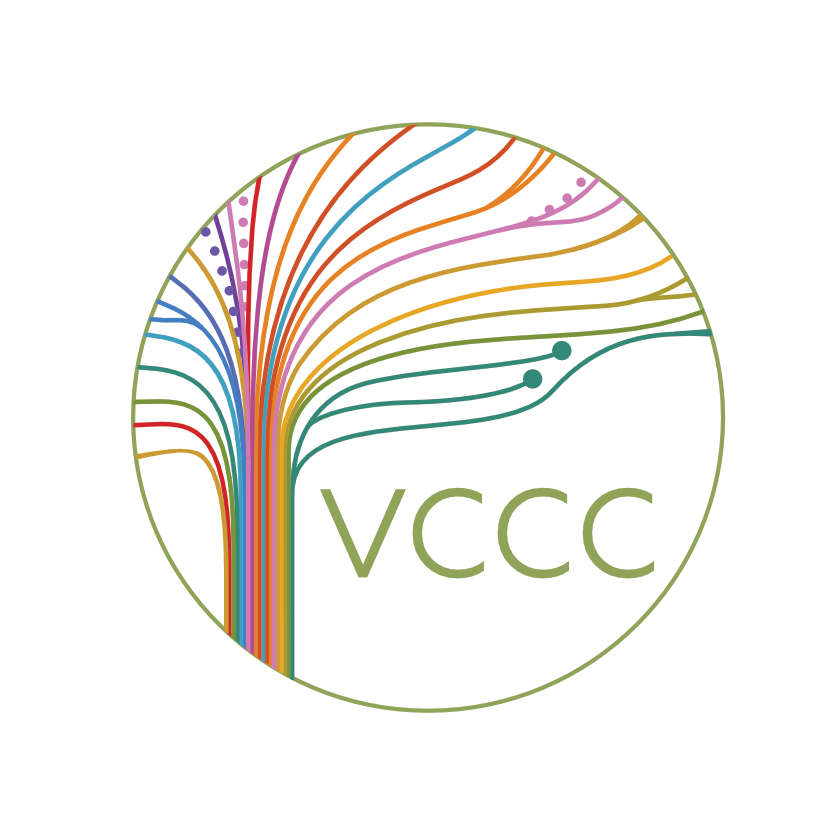Have you ever felt at a loss for words when trying to describe your experience… when suddenly an image arises, and you express yourself through metaphor? Have you ever noticed how often we tend to use creative or metaphoric language to describe our feelings? For example… “butterflies” in your stomach… being “struck” by the beauty of the ocean… feeling your heart sinking… the examples and possibilities are infinite!
Sometimes, in our everyday life, we become apologetic when we can’t find a word to define or categorize our experience, how we are feeling or what is happening psychologically. Then almost immediately, and quite naturally, we feel ourselves entering into an imaginative and creative psychological space … and an image, simile, or metaphor, or a string of them, emerges. Sometimes the metaphor comes forth spontaneously and without prior conscious reflection. This happens often in therapy, too.
When we work with metaphor and image in therapy, we take what might seem quite vague, undefinable, elusive… and we shape its edges with color, imagery, emotion, memory. Thus we have a gateway into other dynamics, conscious and unconscious, that are associated with or expressed through the metaphor.
Often, patients’ metaphors convey a sense of loss of control. For example, patients express the image of being lost, of walking into a “void.” Another common example is when patients, in the midst of a life circumstance or transition that is challenging or seems incomprehensible, express the metaphor that “the ground is shifting beneath me.” Maybe one’s life situation seems to be uncontrollable, and this brings immense anxiety. But this image might also hold another meaning: that what’s happening in therapy feels like there is shifting ground. Examining our assumptions, our ingrained patterns of perceiving and reacting, looking at our life and our history and even our social/cultural context in new ways… can sometimes feel like a threat to the way we’ve learned to move through life – our sense of “ground.” Maybe we feel a sense of threat to these ways of being – a fear of losing control as we are exploring and undergoing transformation. Tapping into these words, images, feelings, and emotions in therapy, we can explore some of the patterns in which we often (unconsciously, defensively, or desperately) engage, when we experience anxiety-provoking situations. We can be in a new kind of relationship, one that feel steady even amidst change, during difficult emotional states, or amidst other turbulent aspects of life. And from this relationship, we learn more about developing such a capacity in ourselves.
Henry Seiden (1) asserts that through language within psychotherapy, we both discover and create meaning. “Metaphors provide an interpersonal opportunity. My patient and I are collaborators, having moved into the metaphorical space together. We are doing something more than, or at least other than, simply exchanging information.”
Another example: a patient and I were exploring some of her difficult family dynamics and her feelings of chaos and powerlessness. An image arose of her seeking to be a puppet master, and through exploration of this image and patterns played out from her childhood, the patient gained insight into how she had been seeking to orchestrate and manage her family’s interactions to avoid or lessen conflict. We explored how she also tried to rigidly manage or defend against her own sense of anxiety in therapy by avoiding access and numbing expression of emotions. She began to feel safer to differentiate from the role of the puppet master or manager. From here, we were able to explore alternative metaphors; the patient longed to be able to play on the stage of life with her family and others, not always being the detached manager trying to direct and control the actions of others in order to reduce her own anxiety related to possible conflict or to defend against feeling helplessness. Over time, the patient was able to let go of the “strings” and found herself seeking less control over others… yet paradoxically found a greater sense of agency and choice over her own responses as she felt less compelled to be “forced” into playing out the role of the puppet master she had been assuming or expected to enact for so long.
In the face of uncertainty, it can be a natural and quick response to seek safety and certainty by labeling our experience in ways that might actually box it in and prevent us from exploring further. Metaphoric language is often open-ended. It invites exploration into layers of multiple meanings, and it is heavy with nuance and various possible paths forward. (2)
Images are both expressive and transformative. Voicing and following metaphors and images is essential to a sense of exploration, curiosity, and creativity in our therapeutic work. So, I’ll end with another metaphor. If you are currently in therapy, I invite you to let your language be imaginative, and to follow the paths in the psyche and in the relationships that metaphors might reveal or create.
(1) Henry M. Seiden, “On the ‘Music of Thought’: The Use of Metaphor in Poetry and Psychoanalysis,” Psychoanalytic Psychology 21, no. 4 (2004): 643.
(2) Arnold H. Modell, “Metaphor – The Bridge Between Feelings and Knowledge,” Psychoanalytic Inquiry 29, no. 6 (2009): 6.
By Camille Mica
Photo by Florian Bernhardt on Unsplash

